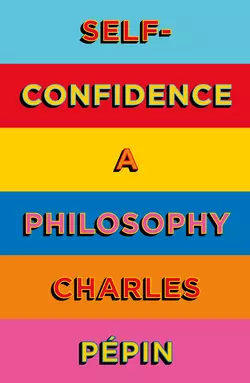Self-Confidence: A Philosophy

Шарль Пепен
Тип: электронная книга
Жанр: Социология
Язык: на английском языке
Стоимость: 1331.15 ₽
Статус: В продаже
Издательство: HarperCollins
Дата публикации: 16.04.2024
Отзывы: Пока нет Добавить отзыв
О книге: An essential read for anyone who has encountered a crisis of confidence. Where does self-confidence come from? How does it work? Why are some people more confident than others? On the surface, these seem like simple questions – but answers can feel hard to come by when we need them most. In this bestselling book, Charles Pépin brings to light the strange alchemy that is self-confidence. Pépin examines the role confidence plays in the lives of our most respected public figures including the likes of Madonna, Mozart, Frieda Kahlo, Martin Luther King and Serena Williams, and argues that above all, to live a life of confidence is to live a life of action. Drawing on the collective wisdom of philosophers, psychologists and the lives of people we encounter on a daily basis, Pépin invites us to probe the mystery and mastery of self-confidence.